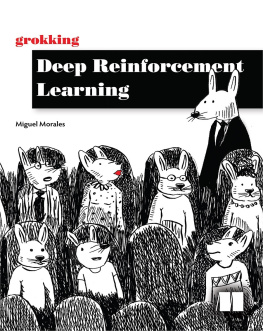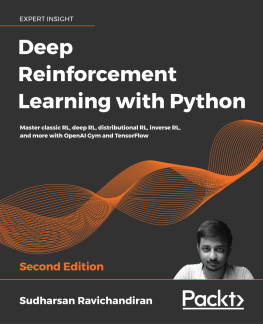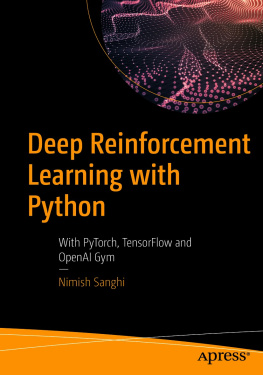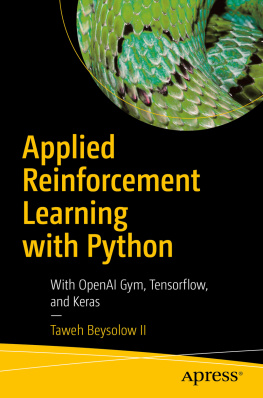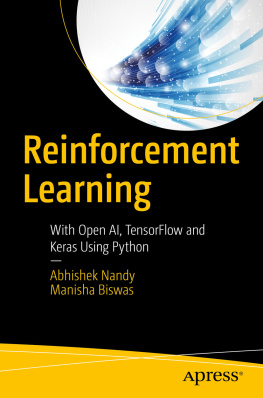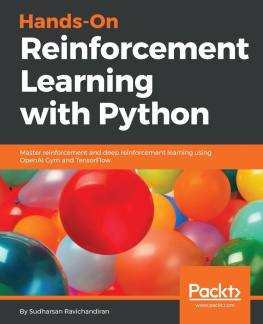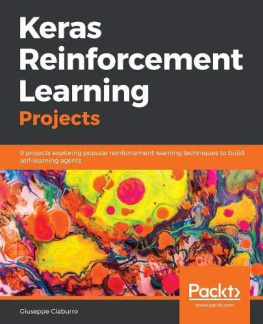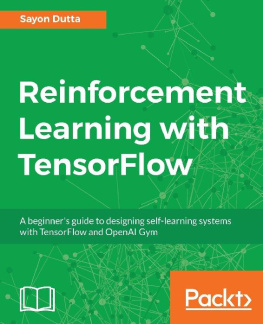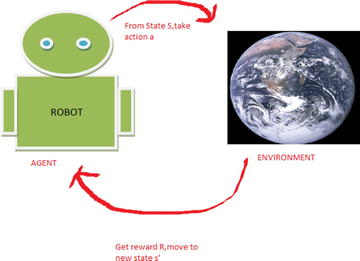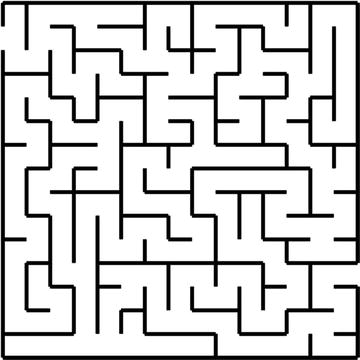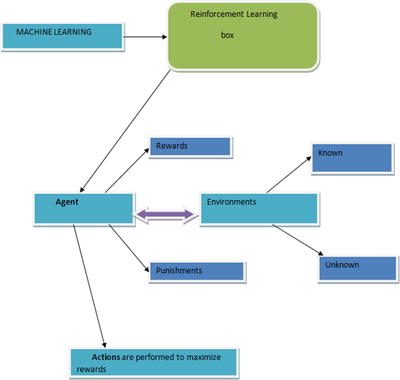Abhishek Nandy - Reinforcement Learning: With Open AI, TensorFlow and Keras Using Python
Here you can read online Abhishek Nandy - Reinforcement Learning: With Open AI, TensorFlow and Keras Using Python full text of the book (entire story) in english for free. Download pdf and epub, get meaning, cover and reviews about this ebook. year: 2017, publisher: Apress, genre: Computer. Description of the work, (preface) as well as reviews are available. Best literature library LitArk.com created for fans of good reading and offers a wide selection of genres:
Romance novel
Science fiction
Adventure
Detective
Science
History
Home and family
Prose
Art
Politics
Computer
Non-fiction
Religion
Business
Children
Humor
Choose a favorite category and find really read worthwhile books. Enjoy immersion in the world of imagination, feel the emotions of the characters or learn something new for yourself, make an fascinating discovery.
- Book:Reinforcement Learning: With Open AI, TensorFlow and Keras Using Python
- Author:
- Publisher:Apress
- Genre:
- Year:2017
- Rating:3 / 5
- Favourites:Add to favourites
- Your mark:
Reinforcement Learning: With Open AI, TensorFlow and Keras Using Python: summary, description and annotation
We offer to read an annotation, description, summary or preface (depends on what the author of the book "Reinforcement Learning: With Open AI, TensorFlow and Keras Using Python" wrote himself). If you haven't found the necessary information about the book — write in the comments, we will try to find it.
Master reinforcement learning, a popular area of machine learning, starting with the basics: discover how agents and the environment evolve and then gain a clear picture of how they are inter-related. Youll then work with theories related to reinforcement learning and see the concepts that build up the reinforcement learning process.
Reinforcement Learning discusses algorithm implementations important for reinforcement learning, including Markovs Decision process and Semi Markov Decision process. The next section shows you how to get started with Open AI before looking at Open AI Gym. Youll then learn about Swarm Intelligence with Python in terms of reinforcement learning.
The last part of the book starts with the TensorFlow environment and gives an outline of how reinforcement learning can be applied to TensorFlow. Theres also coverage of Keras, a framework that can be used with reinforcement learning. Finally, youll delve into Googles Deep Mind and see scenarios where reinforcement learning can be used.
What Youll Learn
Absorb the core concepts of the reinforcement learning process
Use advanced topics of deep learning and AI
Work with Open AI Gym, Open AI, and Python
- Harness reinforcement learning with TensorFlow and Keras using Python
Who This Book Is For
Data scientists, machine learning and deep learning professionals, developers who want to adapt and learn reinforcement learning.
**
Abhishek Nandy: author's other books
Who wrote Reinforcement Learning: With Open AI, TensorFlow and Keras Using Python? Find out the surname, the name of the author of the book and a list of all author's works by series.



